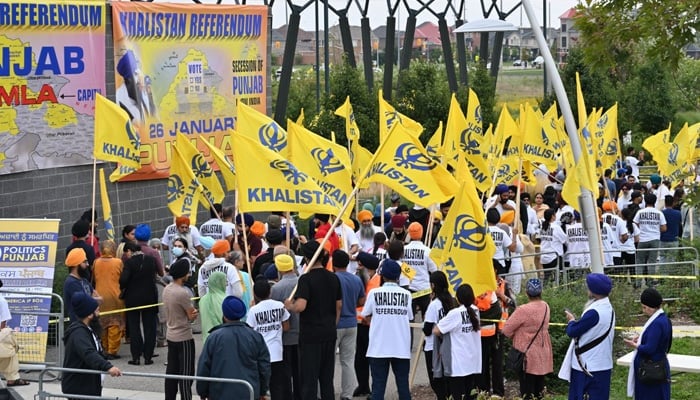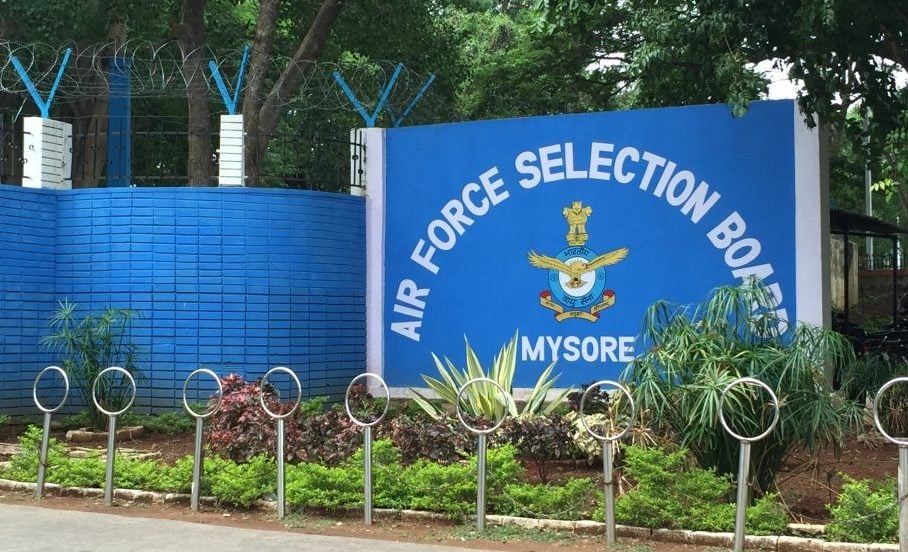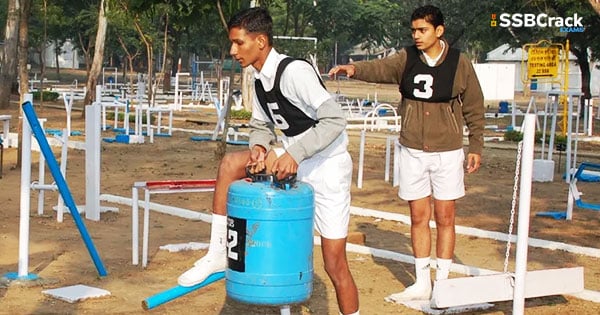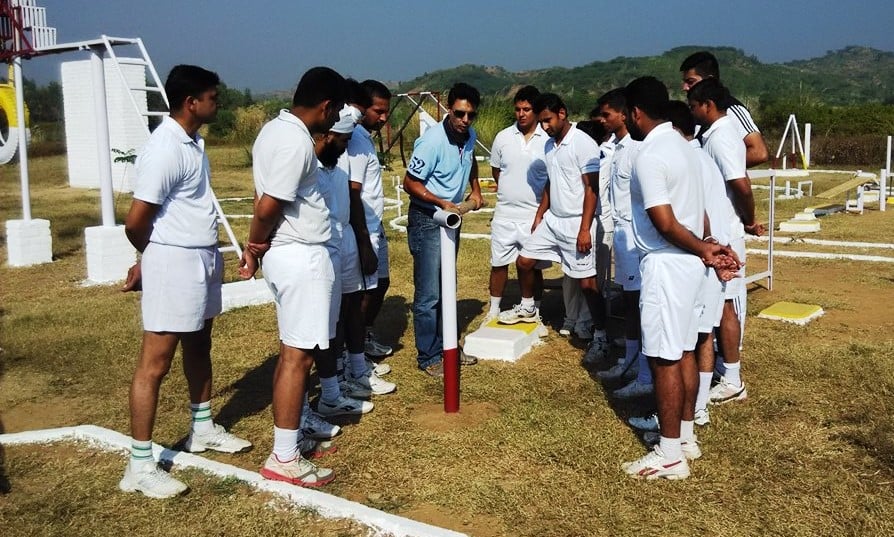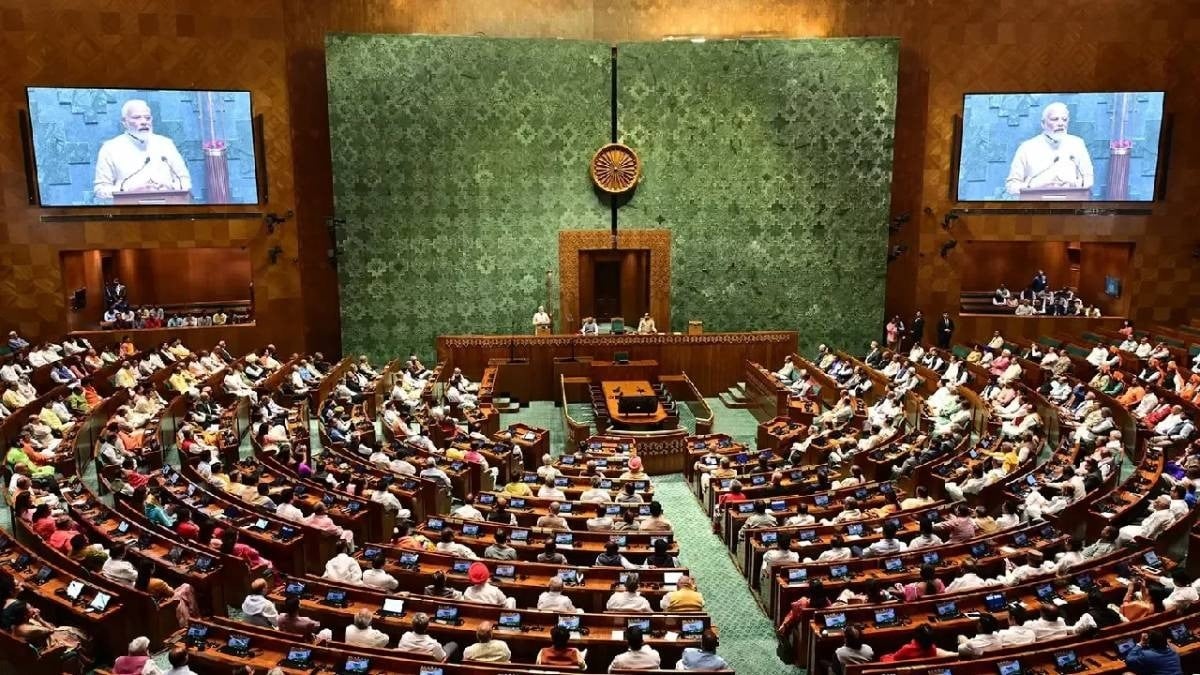The Khalistan issue remains a significant topic of discussion, especially in contexts related to national security and defense. As an individual preparing for an SSB (Service Selection Board) interview, it is imperative to understand the background and nuances of this sensitive matter, given its historical and contemporary relevance in Indian politics.
Overview of the Khalistan Movement
The Khalistan movement seeks to create an independent Sikh state, proposing to carve out territories from the current Indian states of Punjab, Haryana, Himachal Pradesh, and parts of Rajasthan and Jammu and Kashmir. The movement’s origins date back to the early 20th century, but it gained pronounced momentum in the 1970s and 1980s, marked by violent confrontations between Sikh militants and the Indian government. Although the movement has subsided in recent years, it remains a contentious issue with implications for national security.
Origins of the Khalistan Movement
The seeds of the Khalistan movement were sown in the early 20th century, as Sikh leaders campaigned for greater autonomy within India. However, the movement surged in the 1970s and 1980s due to a range of political, social, and economic factors. Many Sikhs felt that the Indian government was neglecting their interests and that their voices were underrepresented.
Moreover, disillusionment grew from perceived economic disparities and a sense of marginalization within the political framework. The rise of religious extremism among some factions of the Sikh community transformed the movement into a violent struggle for autonomy. Notably, groups like the Khalistan Liberation Force (KLF) emerged, responsible for various high-profile attacks that further complicated the political landscape during this tumultuous period.
Violence and Government Response
The 1980s marked the peak of the Khalistan movement, characterized by severe violence and unrest. A pivotal moment occurred in 1984 when then-Prime Minister Indira Gandhi ordered the controversial Operation Blue Star, aiming to eliminate militant presence from the Golden Temple in Amritsar. This military operation resulted in significant casualties, including civilian lives, and stoked outrage among Sikhs globally.
In response to the growing militancy, the Indian government undertook a brutal crackdown on the Khalistan movement, leading to widespread arrests and detentions of Sikhs. Simultaneously, militant groups retaliated with acts of terror against government officials and civilians alike, leading to a cycle of violence that deeply scarred the region and affected countless lives.
By the early 1990s, the movement had largely been quelled, with many of its leaders killed or imprisoned. However, the remnants of the movement continue to influence Punjab’s political dynamics.
Current Status: A Complex Reality
Though the intensity of the Khalistan movement has diminished over time, it remains a divisive topic among different sections of Sikhs. Some advocate for an independent Khalistan, while others opt for pushing their demands for more autonomy within the framework of India. This lack of consensus often complicates the dialogue surrounding the movement’s future.
Today, the Indian government strongly opposes the idea of a separate Sikh state, asserting that it contradicts the principles of India as a secular democracy. Officials argue that granting statehood would undermine India’s territorial integrity and stability.
Conclusion: Toward Dialogue and Compromise
The Khalistan movement embodies a complex tapestry of historical grievances, identity politics, and national security concerns. While vigilance against violence and terrorism remains paramount, fostering a dialogue between Sikh representatives and the Indian government could pave the way for a more reconciliatory future.
For those preparing for an SSB interview, it is critical to approach questions regarding the Khalistan issue with a balanced and respectful perspective. Displaying maturity, nuanced understanding, and sound judgment regarding such sensitive matters is essential in demonstrating one’s suitability for roles in national security.
Additional Context: Kanwar Pal Singh Gill
Kanwar Pal Singh Gill, better known as KPS Gill, served as the Director General of Police of Punjab during the height of the Khalistan insurgency. Born in 1934, he joined the Indian Police Service and later became prominent for his role in countering terrorism in Punjab. His strategy, often termed the “Punjab model,” blended aggressive law enforcement with attempts at political negotiations. While Gill faced criticism for his methods, including allegations of extrajudicial actions, his contributions to restoring order in Punjab remain a significant part of the region’s narrative during that period.
FAQs: Understanding the Khalistan Issue
-
What is the Khalistan issue?
The Khalistan issue pertains to a Sikh separatist movement aimed at establishing an independent Sikh nation in the Punjab region, arising from grievances regarding discrimination against Sikhs by the Indian government. - Is Khalistan banned in India?
The Indian government officially designated the Khalistan movement as illegal in 2019. The movement continues to pursue a referendum for Punjab’s independence while garnering support in various countries with significant Sikh populations.
